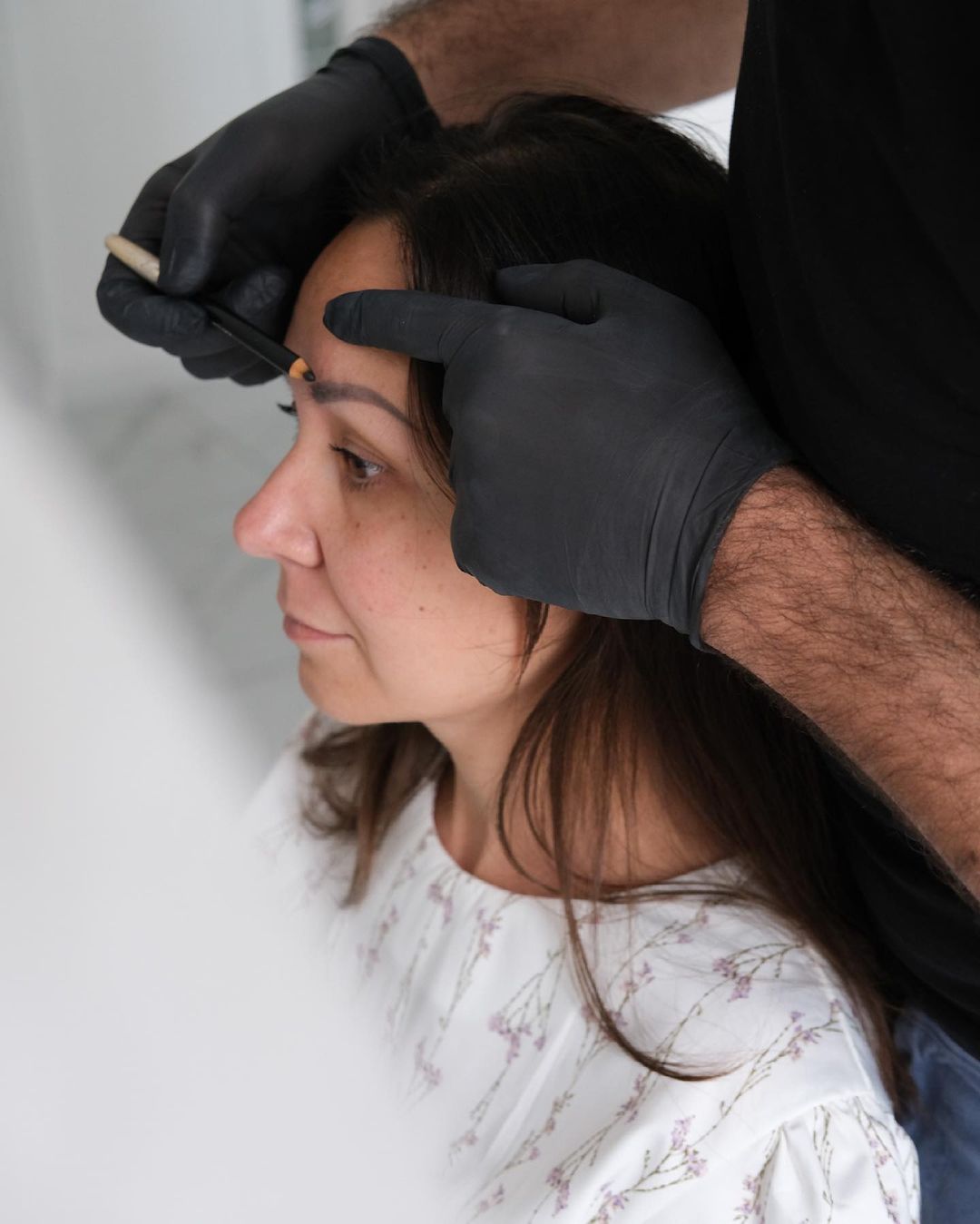Scalp Micropigmentation For Hair Transplant Scars
- Posted on 05 December, 2021
- Hot Topic
- By SNY Admin
It is quite common for scar tissue to have reduced levels of blood supply compared to normal areas of the scalp. This is a problem because hair follicles need a blood supply to survive and function. If the blood supply is inadequate, the hair follicles that were transplanted will die.
If there are signs of Hair Loss and Hair transplantation scars you can visit hair clinics and ask your doctor for consultation and medical advice. You can also ask and check Scalp micropigmentation for scar concealment.
Although the procedure to transplant hair follicles into scar tissue works well in the majority of cases, many individual factors can affect the final cosmetic result.
Hair can no longer grow from scar tissue under its power and thus bald patches can form. Some people use hair pigmentation to cover their scars, but sometimes this is no longer sufficient.
Some even prefer undergoing laser treatment to reduce the size, visibility, and prominence of the scars. This technique uses laser therapy to remove the damaged skin on top of the scar, enhancing the overall appearance of the skin.
Hair transplants are typically the most extreme form of hair restoration that people who have lost their hair will try. They are regarded as extreme due to the invasive nature of the surgery and the high cost associated with it. Many people consider this option when they have been unable to find another viable solution.
For most people, their hair is a source of pride and confidence. We make daily efforts to keep it in good condition because it is an important part of our overall appearance. It can be shocking when hair begins to shed in unusual amounts and you notice a change in your hairline or scalp. A doctor can often diagnose the causes of hair loss, but treatments are often limited and not always effective.
Transplants can help people who are experiencing localized hair loss. Hair follicles can be taken from one location and transplanted to another.
SMP for Surgical Scars
Several procedures can help to reduce the size of the scar generated through a hair transplant procedure. However, follicular unit procedures may not be always effective and minimal scarring will almost always remain.
The aim would be to color the scars the same tone as your hair color. It can conceal scars when you mix the contrasting shades of the scar with hair. If you want to ‘cut your hair up to grade one and undergo a hair transplant you can conceal minor dots at the scalp. To conceal these small scars, you undergo scalp micro-pigmentation.
SMP for FUT Scars
Follicular Unit Transplantation (FUT)
Scarring is a possible complication from FUT hair transplant surgery, and it should be discussed with the patient before undergoing with hair transplant surgical procedure. This strip surgery can create linear scars which can affect the confidence of the patient.
The next step is to remove the hair follicle grafts from the scalp strip and transplant them to the recipient area.
The surgeon may have to make small incisions on the recipient area for the transplant procedure to place each hair. This procedure is usually done on an outpatient basis using local anesthesia.
SMP for FUE Scars
Follicular Unit Extraction (FUE Method)
Follicular Unit Extraction (FUE) is also called Strip Harvesting. In strip extraction, a portion of the back of the scalp is removed to harvest individual hair follicles used in a transplant. A punch is used to extract a tiny portion of the scalp and the scalp is left to repair itself, leaving thousands of tiny little scars.
A carefully planned hair transplant should ensure no scar is visible to the naked eye. This depends on the skill and experience of the hair transplant surgeon.
The scars formed in FUE hair transplant are tiny (0.7- 0.9mm) Which signifies that they can easily be concealed with surrounding hair. To remove hairs your physician will need to think of one key point. Leave lots of hair in the back of your head to allow your remaining hair to grow to cover any scars.
As the next step, each hair follicle is transplanted from the donor area onto the recipient areas of the scalp. This procedure is usually done on an outpatient basis using local anesthesia.
Hair Transplant Scar Removal
Is SMP and Covering Up a Scar Pain-free?
A little discomfort may be felt in the early stages of treatment, but any pain experienced is significantly less than that experienced when getting a tattoo (deeper penetration of the needle) or a hair transplant (invasive surgical procedure and a lot of recovery time). So SMP is a much less painful procedure, and many patients report that it is virtually painless – read what our clients have to say about it.
A hair transplant is a major surgical procedure. Scarring on the back of the head is a common side effect of FUT or FUE transplants. FUT hair transplant involves the removal of a thin strip of hair, whereas FUE hair transplant involves the grafting of hair one by one. The goal is to conceal the scar so that you can wear your hair short whenever you want.
Summary
Hair Transplant surgery can be a safe and effective way to restore the look.
Your Hair Transplant Technique FUT and FUE are equally effective and successful in hair regrowth. However, remember that one method will not be a good fit for everyone.
Scalp Micropigmentation (SMP) This technique is also known as scalp hair tattooing. This is a semi-permanent procedure in which a pigment that matches your hair color is injected directly into the scalp, giving the impression of thicker hair. This procedure is also beneficial in coloring the scarred areas left behind by FUT or FUE.
Many hair transplant surgeons and clinics now recommend scalp micropigmentation to their patients (SMP). SMP creates the appearance of natural hair follicles by implanting organic black ink into the scalp.
SMP results can last up to 3-5 years before needing to be touched up. It is a relatively painless procedure that results in a natural-looking outcome that will restore lost confidence.
It helps even out the appearance of hair follicles at the back of the head for anyone who prefers a shorter cut in surgical scar cases. SMP provides density cover for those with longer hair. This means that the scar’s bareness is concealed, aiding in the concealment of evidence that the person underwent any procedure. The effect is the same whether the person had FUT or FUE.




